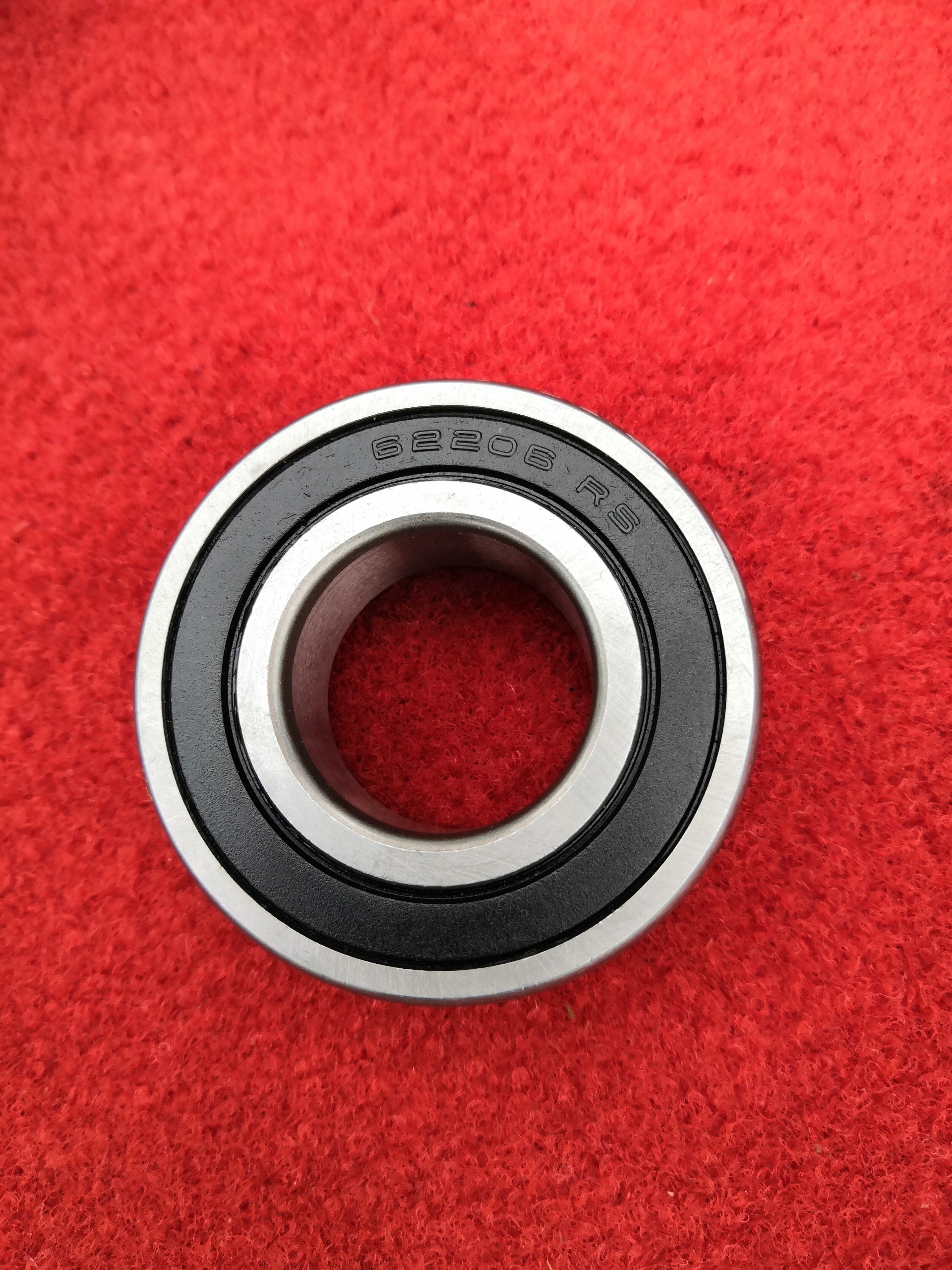
Nov . 24, 2024 19:46 Back to list
Understanding Angular Contact Bearings and Their Optimal Angle Configurations
Understanding Angular Contact Bearings An Overview of Bearing Angle
Angular contact bearings play a crucial role in various industrial applications, particularly in machinery that requires high precision and durability. Unlike traditional bearings, angular contact bearings are designed to support both radial and axial loads, making them essential for applications involving high-speed rotations and heavy loads. One of the significant characteristics of these bearings is the contact angle, which directly influences their performance and operational capabilities.
What is an Angular Contact Bearing?
Angular contact bearings are a type of rolling-element bearing that utilizes balls or rollers to maintain separation between moving parts. They are specifically engineered to handle combined loads—meaning they can accommodate forces acting both radially (perpendicular to the axis of rotation) and axially (parallel to the axis). This dual capability makes angular contact bearings suitable for a wide array of applications, including electric motors, machine tools, and automotive components.
The Importance of Contact Angle
The contact angle in angular contact bearings refers to the angle formed between the line of action of the load and a line drawn perpendicular to the raceways. The angle influences not only the load-carrying capacity of the bearing but also its overall stability and operational efficiency. Angular contact bearings typically have contact angles ranging from 15 to 40 degrees.
A larger contact angle increases the bearing's ability to handle axial loads but may reduce its radial load capacity. Conversely, a smaller contact angle enhances radial load capacity while potentially limiting axial load handling. Selecting the right contact angle is therefore critical based on the specific requirements of the application.
angular contact bearing angle

Factors Influencing Contact Angle Selection
1. Load Type Determining the primary load type—whether radial, axial, or a combination—is essential for selecting the appropriate contact angle. Machinery that experiences predominantly axial loads benefits from bearings with larger contact angles.
2. Speed Requirements Higher speeds often necessitate bearings with specific contact angles that minimize friction, ensuring smoother operation and reduced heat generation.
3. Space Constraints Design limitations within machinery can also dictate the choice of contact angle. In compact areas, a bearing with a smaller contact angle might be preferred to fit within tight spaces.
4. Temperature and Lubrication Elevated operating temperatures may require bearings with a particular contact angle to maintain performance, along with adequate lubrication to facilitate functionality.
Conclusion
In conclusion, understanding angular contact bearings and their contact angles is vital for engineers and designers working with rotating machinery. The choice of contact angle impacts the bearing's capacity to withstand both axial and radial loads, influencing overall system performance. By carefully considering the application's specific requirements—including load types, speed, and spatial constraints—engineers can optimize the selection of angular contact bearings to enhance reliability and efficiency. As technology advances, further innovations in bearing design promise even greater effectiveness in meeting the demands of modern machinery, underscoring the importance of ongoing research and development in this field.
Latest news
-
Grooved Ball Bearing Design and Functionality
NewsJun.04,2025
-
Concrete Mixer Bearing Load Capacity Testing
NewsJun.04,2025
-
6004 Bearing Dimensions in Robotic Joint Designs
NewsJun.04,2025
-
Advantages of Single-Row Deep Groove Ball Bearings
NewsJun.04,2025
-
Applications of Deep Groove Ball Bearings in Automotive Systems
NewsJun.04,2025
-
Innovations in Bearing Pressing Machine Design
NewsJun.04,2025
